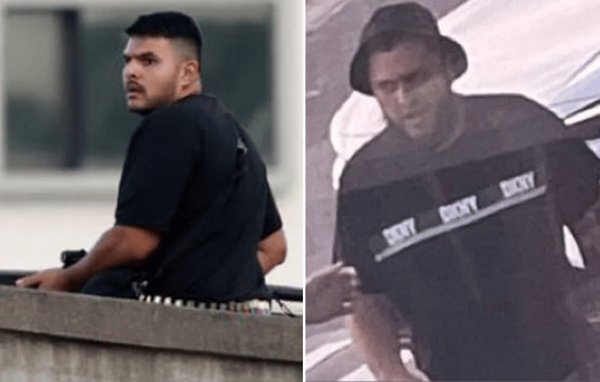
As governments and companies invest more in security networks, hundreds of millions more surveillance cameras will be watching the world in 2021, mostly in China, according to a new report.
The report, from industry researcher IHS Markit, to be released Thursday, said the number of cameras used for surveillance would climb above 1 billion by the end of 2021. That would represent an almost 30% increase from the 770 million cameras today. China would continue to account for a little over half the total.
Fast-growing, populous nations such as India, Brazil and Indonesia would also help drive growth in the sector, the report said. The number of surveillance cameras in the U.S. would grow to 85 million by 2021, from 70 million last year, as American schools, malls and offices seek to tighten security on their premises, IHS analyst Oliver Philippou said.
Mr. Philippou said government programs to implement widespread video surveillance to monitor the public would be the biggest catalyst for the growth in China. City surveillance also was driving demand elsewhere.
“It’s a public-safety issue,” Mr. Philippou said in an interview. “There is a big focus on crime and terrorism in recent years.”
The global security-camera industry has been energized by breakthroughs in image quality and artificial intelligence. These allow better and faster facial recognition and video analytics, which governments are using to do everything from managing traffic to predicting crimes.
China leads the world in the rollout of this kind of technology. It is home to the world’s largest camera makers, with its cameras on street corners, along busy roads and in residential neighborhoods.
Chinese companies Hangzhou Hikvision Digital Technology Co. Ltd. and Dahua Technology Co. are the biggest camera manufacturers by far, accounting for almost 38% of total installations, according to the report. But there are major non-Chinese names in the business as well, including South Korean maker Hanwha Techwin, and Panasonic Corp. of Japan.
Other countries are increasingly adopting similar technologies, triggering debate on the implications and regulations of the growth of surveillance cameras. In the U.S., cities such as San Francisco and Oakland, Calif., have passed laws banning government agencies from using facial-recognition technology.
Unlike in China, city surveillance in the U.S. is only a small part of security-camera demand, forming just 3% of the total camera network in 2018, according to IHS data. Still, public monitoring is growing. Cities such as Detroit, Washington, D.C., and Orlando are testing the use of facial-recognition video feeds in policing and security, according to a report earlier this year by Georgetown University’s Center on Privacy and Technology.
The U.S. rivals China in terms of security-camera penetration, with one camera for every 4.6 people, not far from China’s one camera for 4.1 people.
“Coverage of the surveillance market has focused heavily on China’s massive deployments of cameras and AI technology,” Mr. Philippou said. “Future debate over mass surveillance is likely to concern America as much as China.”
China’s efforts to build an all-encompassing city surveillance network for policing and stifling dissent in its restive Xinjiang region have come under fire from human-rights activists and United Nations experts.
The U.S. House of Representatives passed a bill on Tuesday requiring sanctions on officials responsible for the widespread detention of Uighurs, a Muslim minority group, in Xinjiang. China has said it would retaliate if the U.S. pressed forward with the move.
Developing countries, including India, Brazil and Indonesia, will overtake markets such as the U.K and Japan as the world’s largest markets for security cameras as CCTV networks become more affordable, Mr. Philippou said.
Indian authorities have proposed security cameras and video analytics to help maintain law and order among its 1.3 billion people. The country’s National Crime Records Bureau in June said it was soliciting bids for a first-ever centralized facial-recognition system.
The system would “play a very vital role in improving outcomes in the area of criminal identification and verification,” the government wrote in a request for proposals.
The document said the system, which uses CCTV camera footage, would be used mostly for identifying criminals and finding missing children. The bidding process closes next month.
India has the world’s largest biometric identity database, which contains scans of its citizens’ irises, fingerprints and photos.
Critics worry that it could be misused by authorities who could identify or find people by matching surveillance photos to photos in the database. The Indian government says the biometrics system is secure and not meant for monitoring people.
The Singapore police force has installed at least 80,000 cameras in key public areas, and plans to install more. Many are so-called smart cameras that are supposed to be capable of running video analytics to aid authorities in the early detection of criminal and terrorist threats, the country’s Minister for Home Affairs K Shanmugam said in April.
“Residents, do they respond by saying that my privacy is being violated?” he said. “In Singapore, they respond by telling us that it gives them an added measure of security.”
Write to Liza Lin at Liza.Lin@wsj.com and Newley Purnell at newley.purnell@wsj.com







